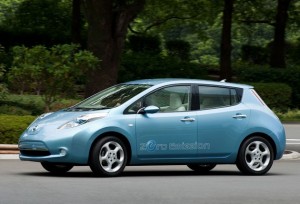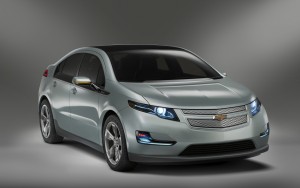There should be a considerable amount of competition in the retail banking industry. The big 6 (TD, BMO, CIBC, Royal, National, Scotia) in Canada, plus others (such as HSBC and credit unions) offer very similar services. The Canadian Marketing Blog goes into some detail on how Banks should use marketing.
Angel Chan’s blog talks about how TD has extended hours. This strategy helps TD target the working class segment. This could be their target market. When working class people get off work, some of the banks are already closed. TD is open later, so those customers that need to do their banking are more likely to choose TD. For us UBC students, TD has a green machine outside Angus, and in the basement of the sub. TD seems to focus on convenience for their target market. People running their own businesses might find TD’s weekend hours to be better for them too, since they might not have time to go run around during the week. Yes, this only looks at the retail banking side, but TD Waterhouse seems to be just as good, if not better, than the other big banks discount brokerages.
Something like Coast Capital will say that they give everyone their best rate without hassles and bargaining, but the issue is that they don’t have the network that the big banks have. They have less locations. Their debit system is less usable. TD usually gives better rates to their good customers. BMO actually gave my dad a better rate than me for the same amount (GIC). Once they found out I was the son of my dad, they offered me a slightly better rate. This probably makes the customer feel more special, unlike at Coast Capital where everyone is treated the same. Coast Capital’s target market probably includes those that are looking at posted rates and trying to get the best posted rates. Yes, they have a free account, but the convenience of other banks is not comparable to Coast Capital unless you happen to work around the corner from one of their locations.










